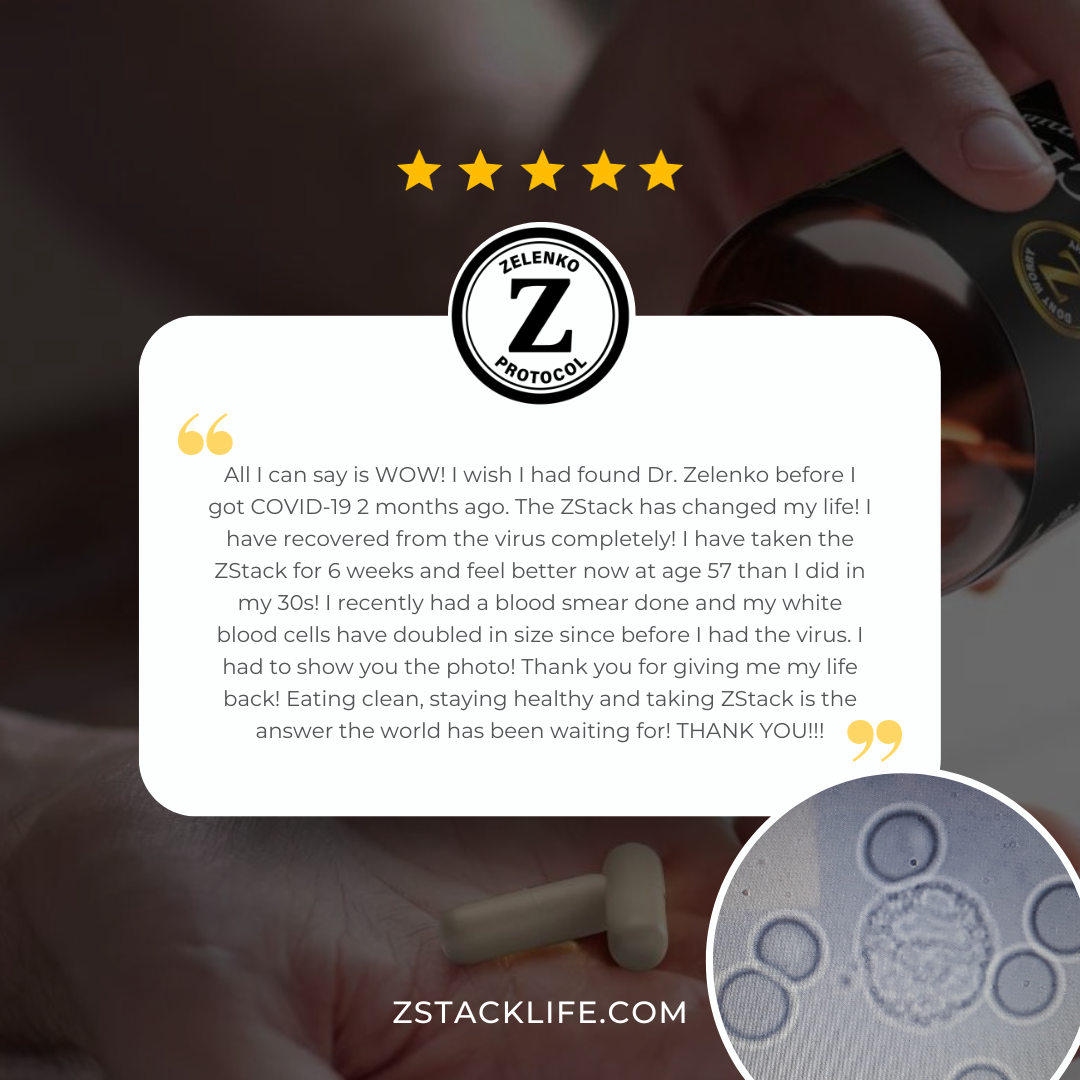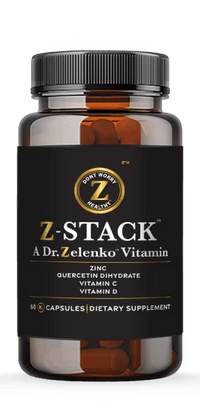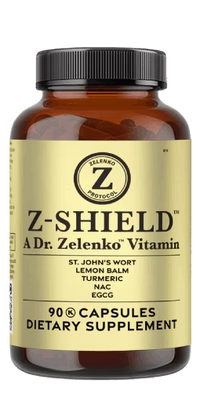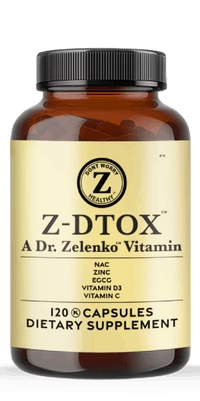You’ve likely heard the theory that exercise can help manage inflammation, but you may wonder how much truth lies behind this claim. As you contemplate your own health regimen, consider the profound impact that movement has on the body’s inflammatory processes. Exercise isn’t just about burning calories or building muscle; it’s a catalyst for complex physiological changes that may hold the key to quelling chronic inflammation. While you lace up your sneakers, think about how those strides could be doing more than just getting your heart rate up—they could be signaling your immune system to ramp up its anti-inflammatory responses. Stay tuned to understand how different types of exercise can be tailored to meet your body’s needs, potentially offering relief and a new perspective on wellness that goes beyond the superficial.
Key Takeaways
- Exercise activates immune cells, like Tregs, to combat inflammation and improve energy efficiency.
- Regular physical activity is supported by science to boost the immune system and mitigate chronic inflammation.
- Incorporating a variety of exercise types, such as walking, strength training, and yoga, yields significant health benefits.
- Consistency in exercise is crucial to accrue the anti-inflammatory benefits.
Understanding Inflammation and Exercise

When you exercise, your muscle’s immune cells, such as Tregs, become activated to combat inflammation and enhance your overall energy efficiency. Engaging in regular physical activity is a scientifically-supported strategy to bolster your immune system and mitigate the adverse effects of chronic inflammation. The activation of Tregs through exercise is pivotal in modulating the inflammatory response, which is integral to maintaining muscle health and metabolic balance.
As you advise others on the benefits of exercise, it’s essential to emphasize that both aerobic exercise training and even a single bout of exercise have been shown to reduce inflammation. These activities initiate a cascade of immune responses that not only help in countering current inflammation but also protect against the development of chronic diseases related to persistent inflammation, such as cardiovascular disease, diabetes, and dementia.
The effects of exercise on the immune system extend to reducing markers of systemic inflammation. By incorporating regular exercise into one’s lifestyle, individuals can achieve a more robust immune profile, characterized by an enhanced ability to regulate the body’s inflammatory processes. This is particularly critical for those managing or at risk of immunologic conditions, where exercise can serve as a complementary strategy alongside traditional medical treatments.
Anti-Inflammatory Benefits of Movement
Building on the immune-boosting effects of physical activity, it’s clear that incorporating regular movement into your routine can significantly diminish inflammation, thanks to the activation of Tregs in your muscles. These specialized immune cells play a vital role in countering chronic inflammation, enhancing not just your muscle endurance but also overall health.
As you engage in regular aerobic exercise, you’re not only elevating your heart rate but also enlisting your body’s own immune defenses to reduce inflammatory markers. Tregs, or regulatory T cells, are instrumental in this process. They improve your muscles’ aptitude for utilizing energy efficiently, leading to metabolic enhancements that support the benefits of exercise.
Your commitment to an exercise intervention goes beyond mere fitness gains. The anti-inflammatory benefits of movement are profound, with Tregs lowering exercise-induced inflammation in muscle cells. This not only aids in reducing inflammation but also offers a potent alternative approach to managing chronic inflammation that can be detrimental to long-term health.
It’s crucial to understand that these benefits accrue with consistency. Therefore, you must encourage those you serve to integrate exercise as a staple, not an afterthought, within their daily lives. By doing so, they’re not just exercising their muscles but fortifying their immune system against the persistent threat of inflammation.
Exercise Types to Combat Inflammation

To effectively combat inflammation, incorporating a variety of exercise types into your routine, such as walking, strength training, and yoga, can yield significant health benefits. Engaging in physical activity like walking or jogging for just 20 minutes has been shown to lower inflammatory markers. This moderate exercise is not only accessible but also plays a pivotal role in reducing the risk of chronic inflammation.
Strength training, another vital component, enhances your aerobic fitness and invokes an anti-inflammatory response. By incorporating resistance training into your regimen, you’re not only building muscle but also fortifying your body’s resilience against inflammation. Furthermore, yoga serves as a powerful tool in your arsenal, particularly for its stress-regulating benefits and ability to reduce inflammation across various chronic conditions.
Remember, while high-intensity exercise can trigger an inflammatory response, it’s the sustained, moderate activities that have been found to exert anti-inflammatory effects. Exercise induces a release of anti-inflammatory cytokines, promoting a healthier immune response.
Here’s a brief guide on exercise types to combat inflammation:
| Exercise Type | Benefits |
|---|---|
| Walking/Jogging | Boosts energy, memory, and lowers inflammatory markers |
| Strength Training | Builds muscle, protects against inflammation |
| Yoga | Aids in stress regulation, reduces inflammation |
In serving others, it’s important to tailor recommendations to individual capabilities and goals. Emphasize the importance of consistency and balance in physical activity to effectively manage inflammation. By mindfully selecting exercise types to combat inflammation, you can assist those you serve in achieving improved health outcomes.
Tailoring Your Workout for Inflammation
How can you tailor your workout regimen to effectively manage inflammation? By considering evidence-based strategies and technical language focused on the client’s well-being, you can harness the benefits of physical activity to combat inflammation. Exercise training plays a pivotal role in activating immune cells within your muscles, enhancing the body’s immune responses, and thus reducing inflammation.
When creating a personalized workout plan, here’s how you can aim for lower levels of CRP, a key inflammatory biomarker, and improve your overall health:
- Regular Exercise Inclusion:
- *Immune Cell Activation:* Incorporate activities that stimulate muscle immune cells, such as brisk walking or cycling.
- *Endurance and Muscle Health:* Add yoga or bodyweight exercises to counter muscle inflammation and build endurance.
- Intensity and Frequency:
- *Reducing Inflammation Without Stress:* Choose a moderate intensity that’s sustainable and won’t overburden your system.
- *Exercise Resulted in Reductions:* Aim for consistency; even lower-intensity exercise can lead to reductions in CRP levels over time.
Strength training and moderate-intensity activities are particularly effective at improving immune responses and reducing the risk of chronic conditions like cardiovascular disease. By tailoring the type, intensity, and frequency of your workouts, you can ensure that your exercise regimen not only builds strength and endurance but also contributes to a systemic reduction in inflammation.
Movement Strategies for Pain Management

While regular exercise is known to activate immune cells that counter inflammation, it’s also a strategic tool for managing pain through targeted movement strategies. Evidence suggests that exercise training can mitigate the inflammatory response, which is crucial in reducing effects of chronic pain. As a practitioner serving others, you can guide clients through physical activity protocols that not only bolster their overall health but also directly address their discomfort.
Research highlights an inverse relationship between CRP (C-reactive protein), a significant biomarker of inflammation, and physical activity. By encouraging clients to engage in regular, moderate-intensity exercise, you can help them lower CRP levels, thereby managing inflammation and associated pain. Resistance exercise, in particular, is effective in strengthening muscles and joints, which can alleviate the burden of pain.
Moreover, Tregs, the immune cells upregulated by exercise, play a pivotal role in enhancing muscle energy utilization and endurance. This translates to improved performance in daily activities and less fatigue, which is often a byproduct of chronic inflammatory conditions.
In your role, it’s critical to tailor exercise prescriptions to your clients’ needs, considering their pain points and limitations. A well-structured exercise regimen can harness the body’s immune defenses, reducing the risk of inflammation-related diseases such as cardiovascular disease, diabetes, and dementia.
Sustaining Anti-Inflammatory Exercise Habits
Establishing long-term exercise routines is crucial for maintaining the anti-inflammatory benefits of physical activity, directly impacting your well-being and pain management. Exercise training activates Tregs, a type of immune cell, which play a key role in countering inflammation and enhancing your immune response. Consistent physical activity can lead to a natural reduction in elevated levels of inflammatory biomarkers, thereby mitigating chronic inflammation.
To sustain anti-inflammatory exercise habits:
- Make it a non-negotiable part of your daily routine
- Set specific times for exercise intervention
- Prioritize it like any other important appointment
- Integrate a variety of physical activities to maintain engagement
- Incorporate both aerobic and resistance training
- Explore new exercise formats to keep it fresh and stimulating
Remember, the broader benefits to your health, such as improved muscle function and overall endurance, are largely attributable to the activation of Tregs through regular exercise. These benefits underscore the importance of establishing and maintaining exercise habits that are anti-inflammatory in nature.
As someone dedicated to serving others, it’s essential to model the behavior you advocate. By committing to regular exercise, you not only enhance your ability to serve but also empower those around you with a client-focused approach. Your embodiment of these principles can inspire and facilitate a collective movement towards better health and reduced inflammation for all.











